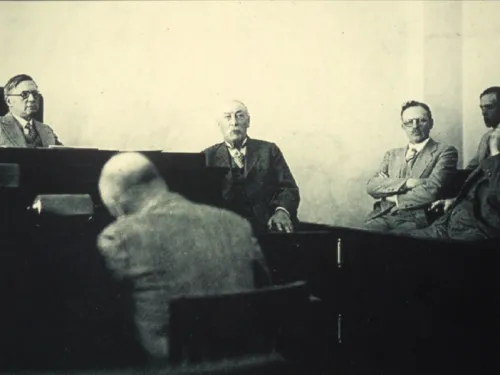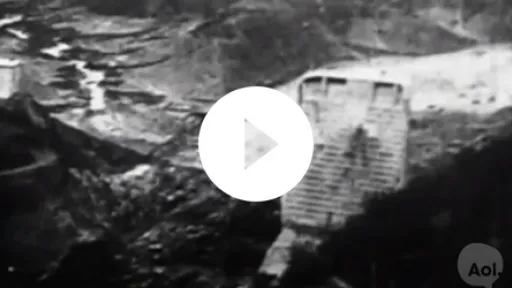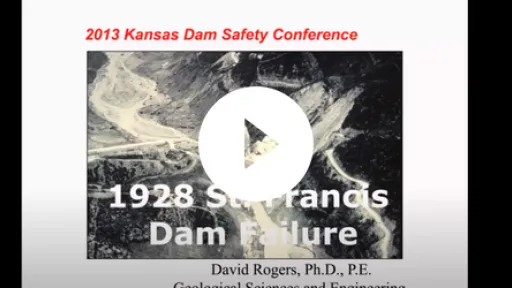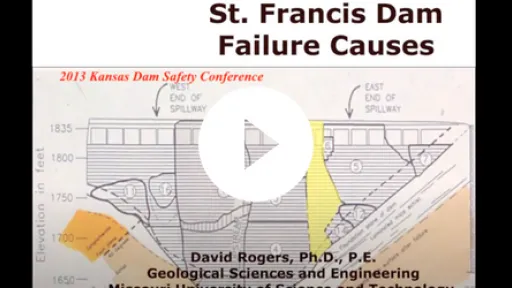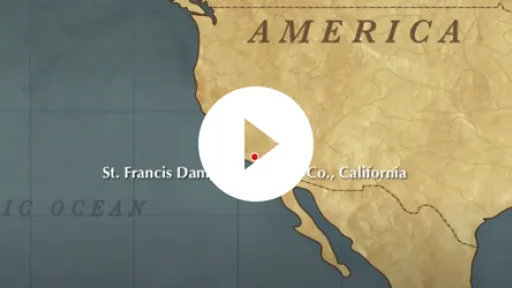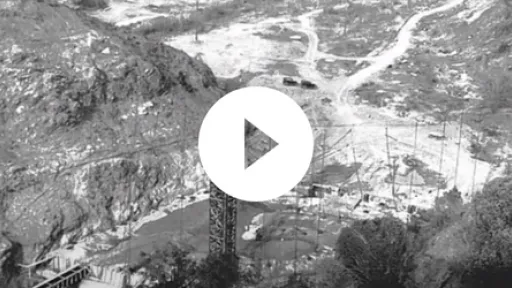St. Francis Dam (California, 1928)
Located approximately forty miles northwest of Los Angeles, California, St. Francis Dam was a curved concrete gravity dam constructed between 1924 and 1926 in order to provide a storage reservoir for the Los Angeles Aqueduct system. It was only the second concrete dam of nine dams built by the Los Angeles Bureau of Waterworks & Supply starting in 1921. While the dam’s upstream face exhibited a nearly vertical profile, the downstream side was equipped with a stair step design that resulted in base and crest thicknesses of 175 and 16 feet, respectively. The main structure reached a height of 205 feet and spanned 700 feet along its curvilinear crest. The design and construction of the St. Francis Dam was executed solely by the Los Angeles Bureau of Waterworks & Supply under the supervision of the organization’s chief engineer William Mulholland. The 1928 failure of the dam which resulted in the deaths of over 400 civilians was attributed to a series of human errors and poor engineering judgment. Due to the tremendous loss of life and property damage estimated to be $7 million, some consider the failure of the St. Francis Dam to be the “worst American civil engineering disaster of the 20th century.”
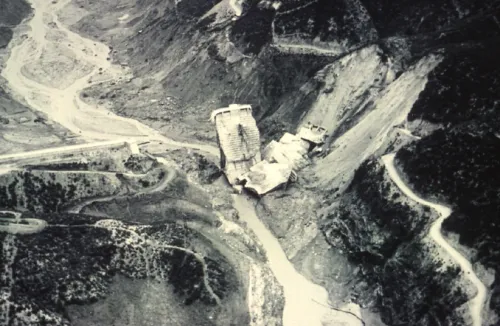
William Mulholland was a “self-taught” engineer who had achieved national recognition and admiration between 1906 and 1913 when he orchestrated the design and construction of the Los Angeles-Owens River Aqueduct, the longest water conveyance system at the time. In addition, during his time as a supervising engineer, Mulholland had overseen the completion of numerous embankment dams. Mulholland’s experience in concrete dam design, however, was lacking. Prior to the design and construction of the St. Francis Dam, he had only participated in the design of one other concrete gravity dam. Mulholland Dam, which was named in his honor, is a curved concrete gravity dam of similar height, constructed between 1923 and 1925. Although his experience resided primarily in the design of embankment dams, Mulholland proposed that a concrete gravity dam would be the proper structure for the canyon terrain across which St. Francis would be built.
Multiple instances of poor judgment by Mulholland and several of his subordinates significantly contributed to the cause of the failure of St. Francis Dam. Plans for the dam were based upon those previously prepared by Mulholland for the Mulholland Dam with little regard for site-specific investigations. When these plans were finalized and after construction began, the height of the dam was raised by ten feet on two separate occasions in order to provide additional reservoir storage needed to sustain the growing community surrounding the dam. Although these modifications increased the dam’s height by twenty feet, no changes were made to its base width. As a result, the intended safety margin for structural stability decreased significantly. Mulholland’s team recognized this effect, however the engineering analysis, acquiring of additional materials, and extended construction time to properly mitigate the height increase were considered to be too costly to the project and to those stakeholders who were financially invested in the completion and operation of the dam.
St. Francis Dam failed at midnight on March 12-13, 1928 only twelve hours after its last inspection by Mulholland. For a considerable period leading up to the last inspection, leaking cracks were observed within the main dam and at its abutments which were dismissed as conditions typical of the dam type.
When investigating the cause of failure, it was clear that the proposed St. Francis Dam design was not reviewed by any independent party. It was also clear that it was designed to prevent small foundation stresses only and not accommodate full uplift. It is estimated that the design exhibited a safety factor less than one while Mulholland claimed it was designed using a safety factor of four. Although opinions vary, more recent and more thorough investigations assign the ultimate failure mode to weakening of the left abutment foundation rock due to the saturated condition created by the reservoir which essentially re-activated a large landslide that combined with a destabilizing uplift force on the main dam caused failure to initiate at the dam’s left end. In quick succession as catastrophic failure was occurring at the left end, the maximum height section tilted and rotated which destabilized the right end of the main dam causing catastrophic failure at the right end as well.
In the aftermath of the failure, Mulholland took full responsibility for the accident during a hearing stating, “Don’t blame anyone else, you know you can just fasten it on me. If there was human error, I was the human” and he “only envied those who were killed.” He ended his career by stepping down as head of the City of Los Angeles Bureau of Waterworks & Supply shortly after the failure.
References:
(2) Rogers, J. D. (2006, 6:2). Lessons Learned from the St. Francis Dam Failure. Geo-Strata, 14-17.
(5) VandenBerge, D. R., Duncan, J.M., & Brandon, T. (2011). Lessons Learned From Dam Failures. Virginia Polytechnic Institute and State University.
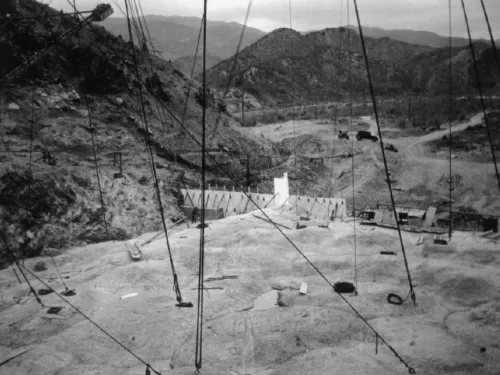
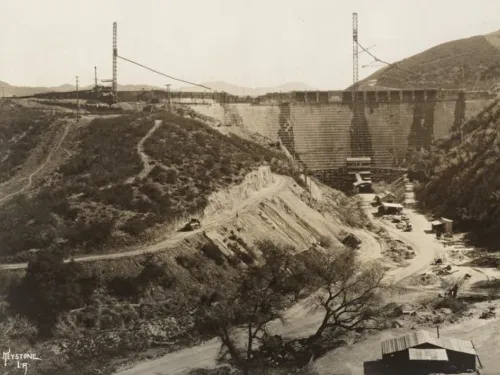

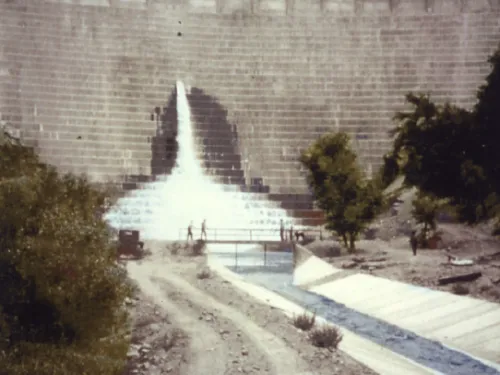
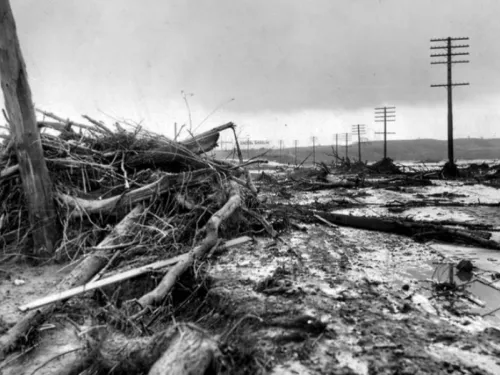
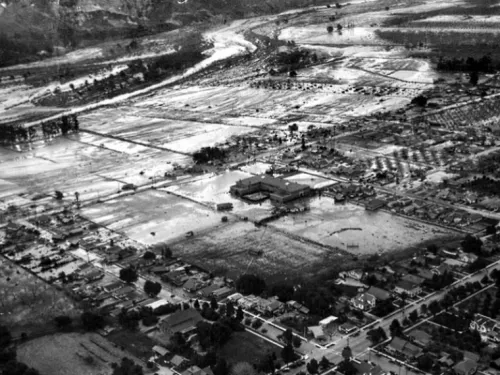
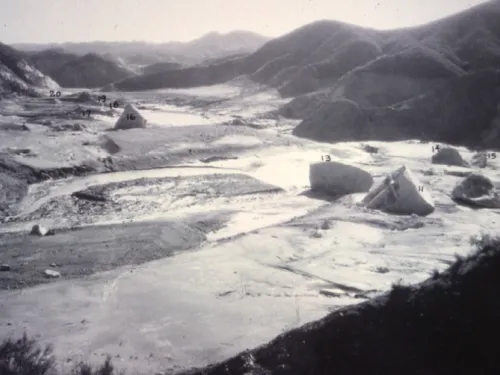
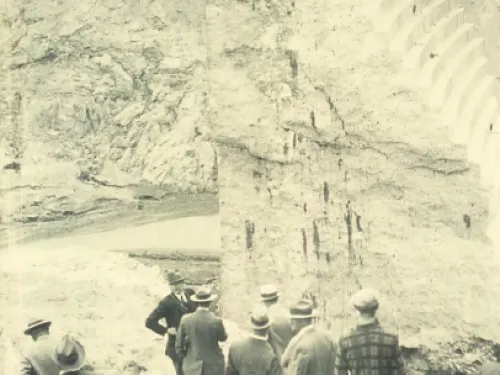
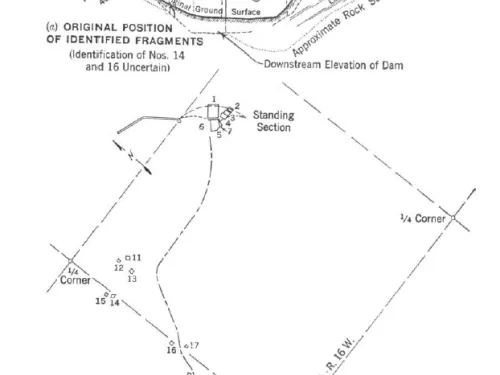
Lessons Learned
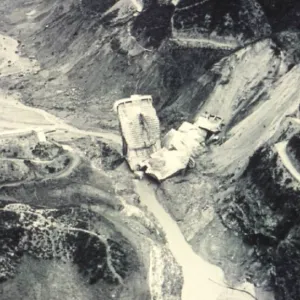
Concrete gravity dams should be evaluated to accommodate full uplift.
Learn more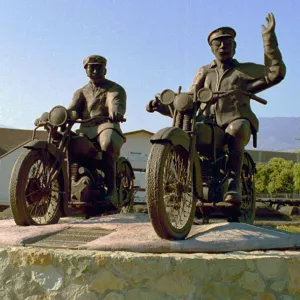
Dam failure sites offer an important opportunity for education and memorialization.
Learn more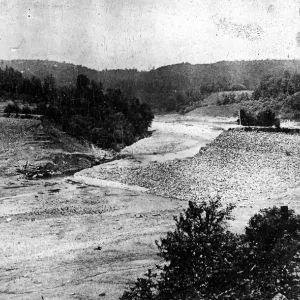
Dam incidents and failures can fundamentally be attributed to human factors.
Learn more
Intervention can stop or minimize consequences of a dam failure. Warning signs should not be ignored.
Learn more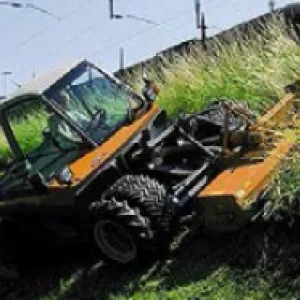
Regular operation, maintenance, and inspection of dams is important to the early detection and prevention of dam failure.
Learn more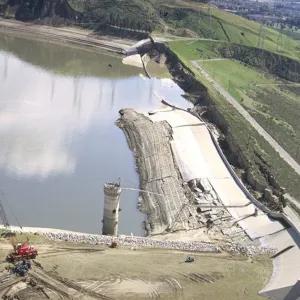
Stability of the dam foundation and other geologic features must be considered during dam design.
Learn more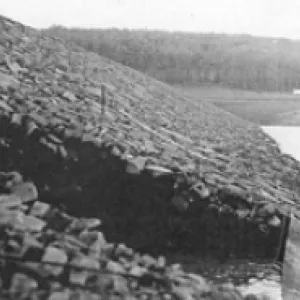
The first filling of a reservoir should be planned, controlled, and monitored.
Learn more
The study of past incidents and failures aids in the assessment of existing dams.
Learn more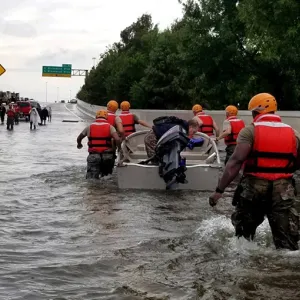
Timely warning and rapid public response are critical to saving lives during a dam emergency.
Learn moreAdditional Lessons Learned (Not Yet Developed)
- Safety should not be sacrificed for cost.
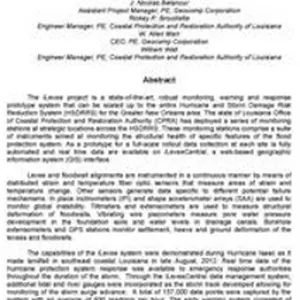
Human Factors in Dam Failures
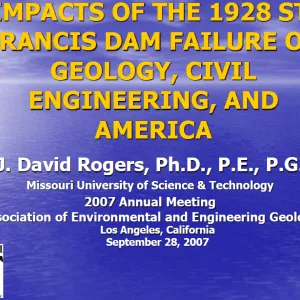
Impacts of the 1928 St. Francis Dam Failure on Geology, Civil Engineering, and America
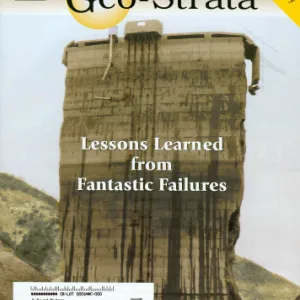

Mapping the St. Francis Dam Outburst Flood with Geographic Information Systems

Reassessment of the St. Francis Dam Failure
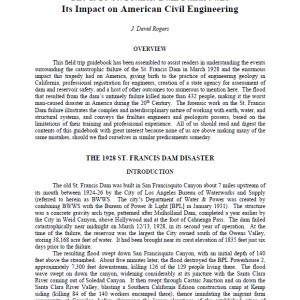
The 1928 St. Francis Dam Failure and its Impacts on American Civil Engineering

The Limits of Professional Autonomy: William Mulholland and the St. Francis Dam

The St. Francis Dam Failure: Worst American Engineering Disaster of the 20th Century
Additional Resources not Available for Download
- Nunis, Jr., Doyce B. (1995), The St. Francis Dam Disaster Revisited. Historical Society of Southern California and Ventura County Museum of History and Art.
- Nuss, L. K., & Hansen, K. D. (2013). Lessons Learned from Concrete Dam Failures Since St. Francis Dam. USSD Annual Conference. Phoenix: United States Society on Dams.
- Outland, Charles F. (2002). Man-Made Disaster: The Story of St. Francis Dam. The Ventura County Museum of History and Art. Ventura, California.
- VandenBerge, D. R., Duncan, J.M., & Brandon, T. (2011). Lessons Learned from Dam Failures. Virginia Polytechnic Institute and State University.
